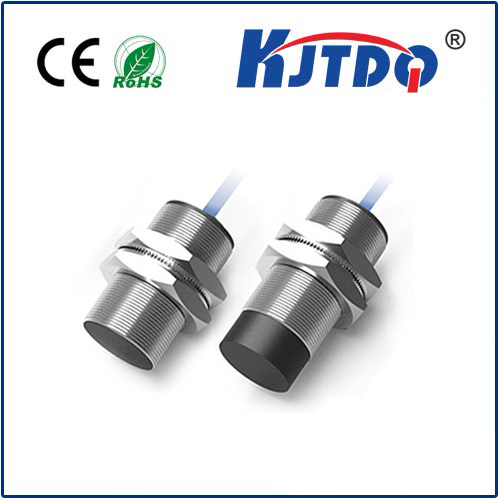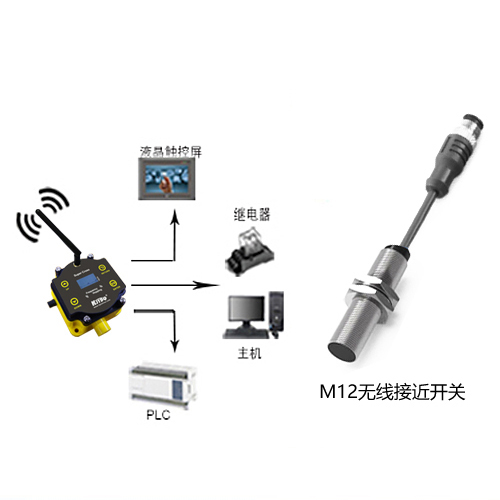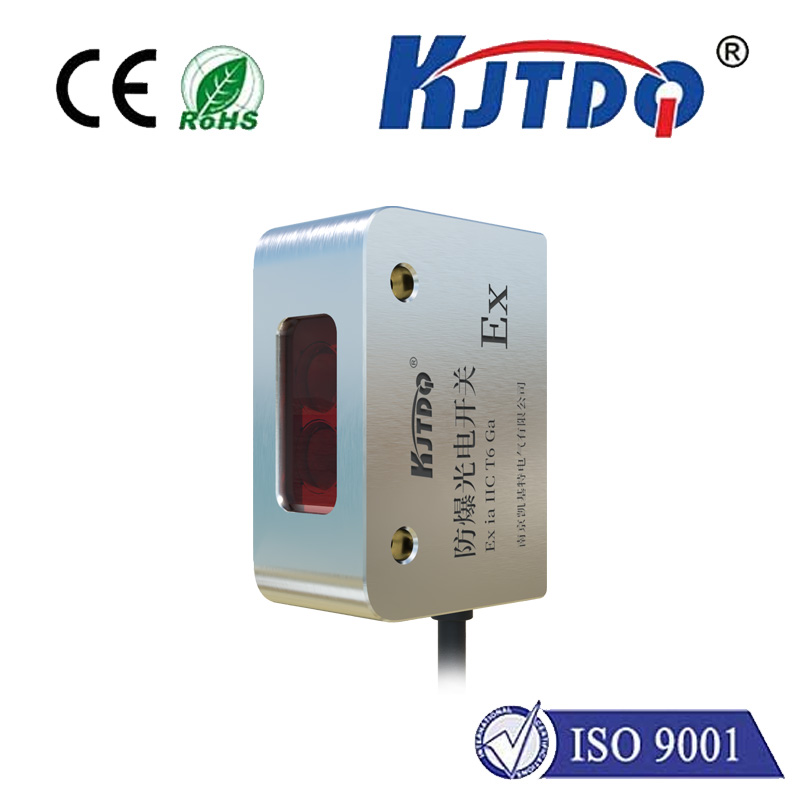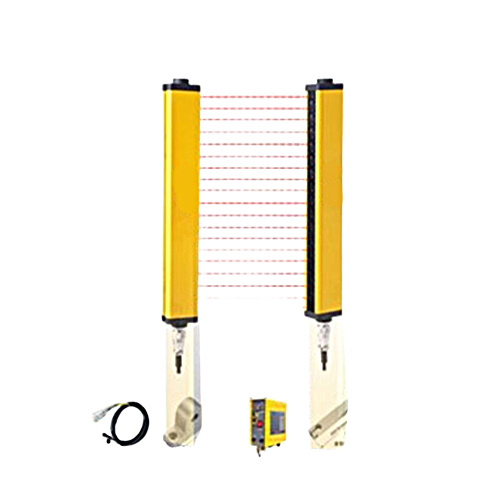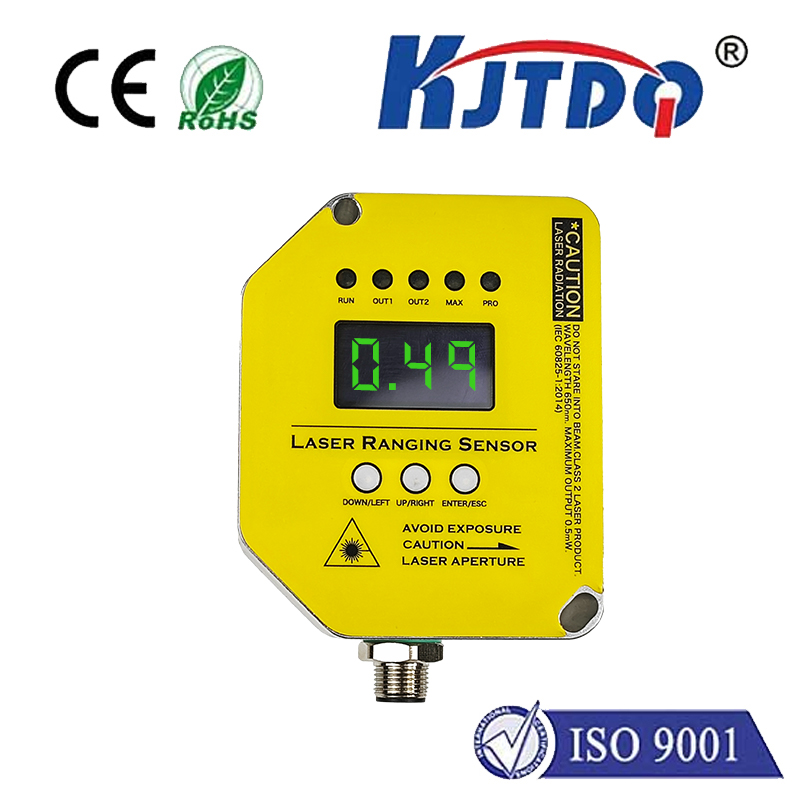q25 d7 proximity sensor
- time:2025-09-07 04:53:33
- Click:0
Demystifying the Q25 D7: Your Compact Powerhouse for Industrial Proximity Sensing
Scaling up production? Automating intricate assembly lines? Or simply needing reliably to know if that critical part is present before the next process step? In the hyper-precise world of industrial automation, detecting the presence, absence, or position of objects without physical contact is foundational. This is where proximity sensors become indispensable, and the Q25 D7 emerges as a remarkably compact yet potent solution. This article dives deep into what makes the Q25 D7 proximity sensor a go-to choice for engineers and technicians seeking dependable, space-saving sensing.
Beyond the Buzz: What Exactly is a Proximity Sensor?
At its core, a proximity sensor is an electronic device designed to detect the presence of nearby objects without requiring any physical touch. It achieves this feat using various physical principles, the most common being electromagnetic fields (inductive), capacitance, ultrasonic waves, or optical (photoelectric) methods.
Inductive proximity sensors, like the Q25 D7, are specifically engineered to detect metallic targets. They generate an oscillating electromagnetic field from their sensing face. When a conductive metal object enters this field, it induces eddy currents within the target. These eddy currents create a counter electromagnetic field that interacts with the sensor’s original field, ultimately causing a measurable change within the sensor’s internal circuitry. This change triggers an electronic switch – typically changing the sensor’s output state (from ON to OFF or vice-versa).

Unpacking the Q25 D7: Small Size, Big Performance
The designation “Q25 D7” signifies a specific model within a manufacturer’s line of inductive proximity sensors. While features can vary slightly between brands, the Q25 D7 typically embodies several key characteristics that define its role:
- Compact Cylindrical Form Factor: The “Q25” often refers to the sensor’s barrel diameter, commonly 18mm. This compact size is a major advantage. Automation machinery is densely packed; finding space for sensors can be challenging. The Q25 D7 fits into tight spots where larger sensors simply wouldn’t go.
- Short-Body Design: The “D7” frequently indicates a short-body or flush-mountable design. This is crucial. Unlike “non-flush” sensors that require space around their sides for their sensing field to extend, flush-mountable sensors like the Q25 D7 can be installed embedded in metal. They detect objects directly in front of their sensing face without needing clearance around their housing. This simplifies mounting and protects the sensor.
- Key Specifications (Typical):
- Sensing Range: Typically 4mm for mild steel targets (a common reference point). Actual range depends on target material and size.
- Output Type: Available in NO (Normally Open), NC (Normally Closed), NPN, or PNP transistor outputs, allowing seamless integration into diverse PLC (Programmable Logic Controller) or drive systems. 3-wire DC operation is standard.
- Housing Material: Usually nickel-plated brass or high-grade stainless steel, offering excellent resistance to common industrial coolants, cutting fluids, and mild chemicals.
- IP Rating: High ingress protection ratings like IP67 or IP68 are typical, meaning they are dust-tight and protected against temporary immersion or powerful water jets – essential for harsh factory environments.
- Operating Voltage: Commonly 10-30V DC, compatible with standard industrial control voltages.
- Switching Frequency: Relatively high, enabling detection of rapidly moving objects on high-speed production lines.
Why Choose the Q25 D7? Key Advantages
Beyond its compact size and flush-mounting capability, the Q25 D7 proximity sensor offers compelling benefits:
- Robustness & Reliability: Built for the rigors of industrial life, its durable housing and high IP rating ensure long-term, maintenance-free operation even in demanding conditions involving vibration, shock, dust, and moisture.
- Non-Contact Sensing: Eliminates physical wear and tear on both the sensor and the target, leading to significantly longer operational life compared to mechanical limit switches.
- High Speed: Fast response times and switching frequencies make it ideal for high-speed automation tasks like counting, position verification, and speed monitoring.
- Simplicity & Ease of Use: These sensors are fundamentally simple devices. Installation is straightforward, typically involving mounting in a drilled hole and connecting three wires. No complex programming is needed.
- Cost-Effectiveness: Offering a blend of durability, performance, and compactness, they provide excellent value for money in countless applications.
Where Does the Q25 D7 Shine? Core Applications
The versatility of the Q25 D7 proximity sensor makes it suitable for a vast array of industrial tasks:
- Position Sensing: Confirming parts are correctly located within jigs, fixtures, or at specific stages of assembly. Is the robot arm at the home position? Is the pallet loaded onto the conveyor lift?
- Object Detection/Presence Verification: Checking that components are present on a feeder track, verifying pallets are in place before wrapping, detecting if a machine guard door is closed. Is there a bottle on the filling station? Is the safety gate latched?
- End-of-Travel Detection: Acting as limit switches on cylinders, slides, or conveyors to signal when a component has reached its end position.
- Counting: Monitoring the passage of metallic objects (like cans, caps, machined parts) on a conveyor for production counting or inventory control.
- Speed Monitoring: Detecting the teeth of a gear or holes in a rotating encoder disk to calculate rotational speed.
- Machine Tool Applications: Used extensively in CNC machines and machining centers for tool change verification, turret indexing position, coolant level monitoring (via float), and guarding.
- Packaging Machinery: Ensuring cartons are present before filling, detecting metal components on high-speed filling lines, position control in labeling machines.
Integrating the Q25 D7: Key Considerations
To ensure optimal performance from your Q25 D7 proximity sensors, keep these points in mind:
- Target Material: Inductive sensors detect ferrous metals (like steel, iron) best. Non-ferrous metals (aluminum, brass, copper) have a reduced sensing range, often requiring factoring in a correction factor (typically provided in datasheets).
- Target Size: The target should generally be at least equal to the sensor’s sensing face diameter for reliable operation at the rated range. Smaller targets reduce the effective sensing distance.
- Mounting: Ensure proper flush mounting in metal or adequate clearance around non-flush sensors as required. Avoid mounting multiple sensors too close together; mutual interference can occur if the electromagnetic fields overlap significantly. Consult datasheets for recommended spacing.
- Environment: While robust, consider extreme temperatures, strong chemical exposure, or significant weld spatter. Specific sensor variants (like high-temperature or weld-field immune models) exist for harsher conditions.
- Electrical Connections: Match the sensor’s output type (NPN/PNP, NO/NC) to your control system’s input requirements. Ensure correct wiring polarity.
The Q25 D7 proximity sensor epitomizes efficient, reliable industrial sensing. Its compact, flush-mountable 18mm design, built-in durability, high-speed performance













